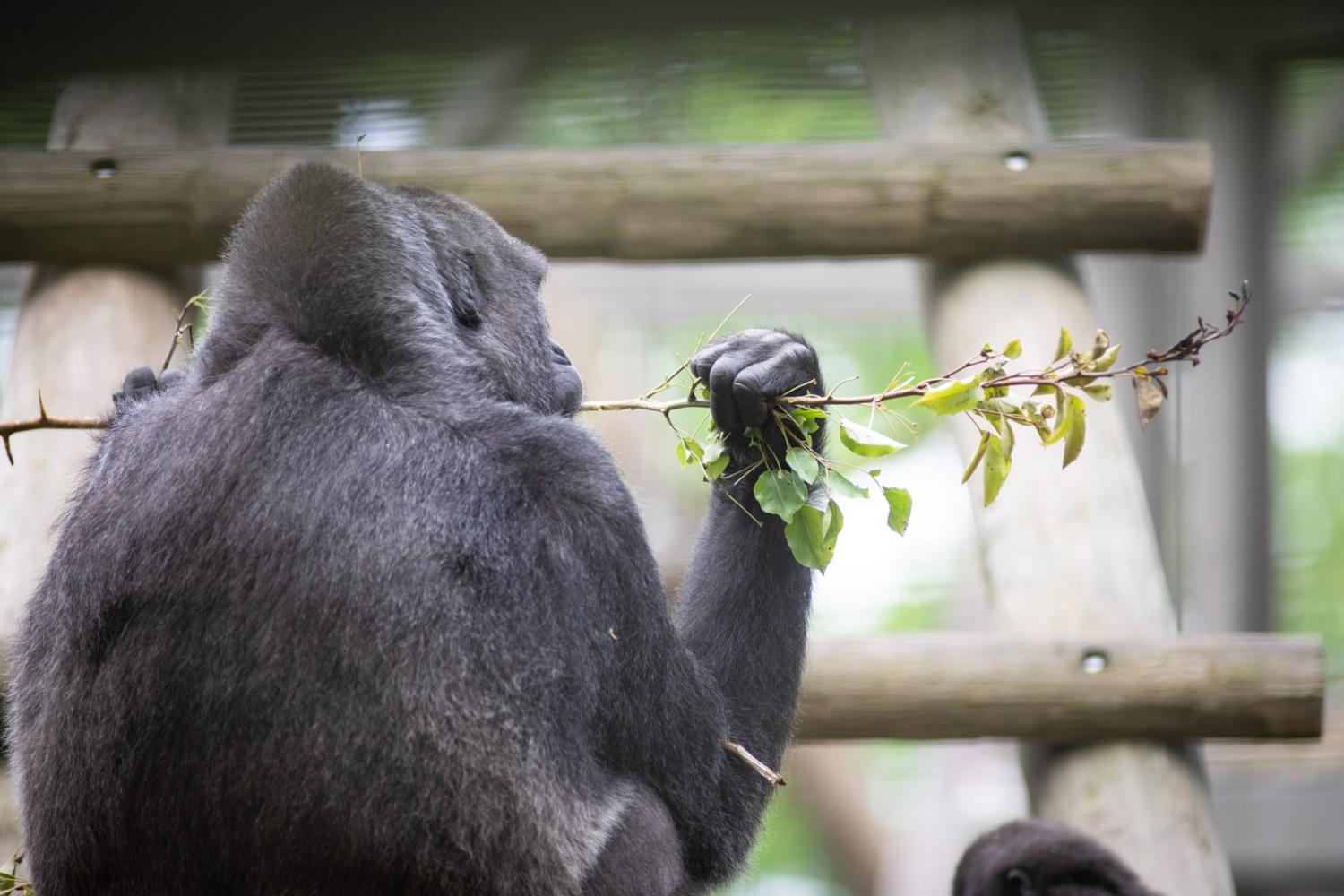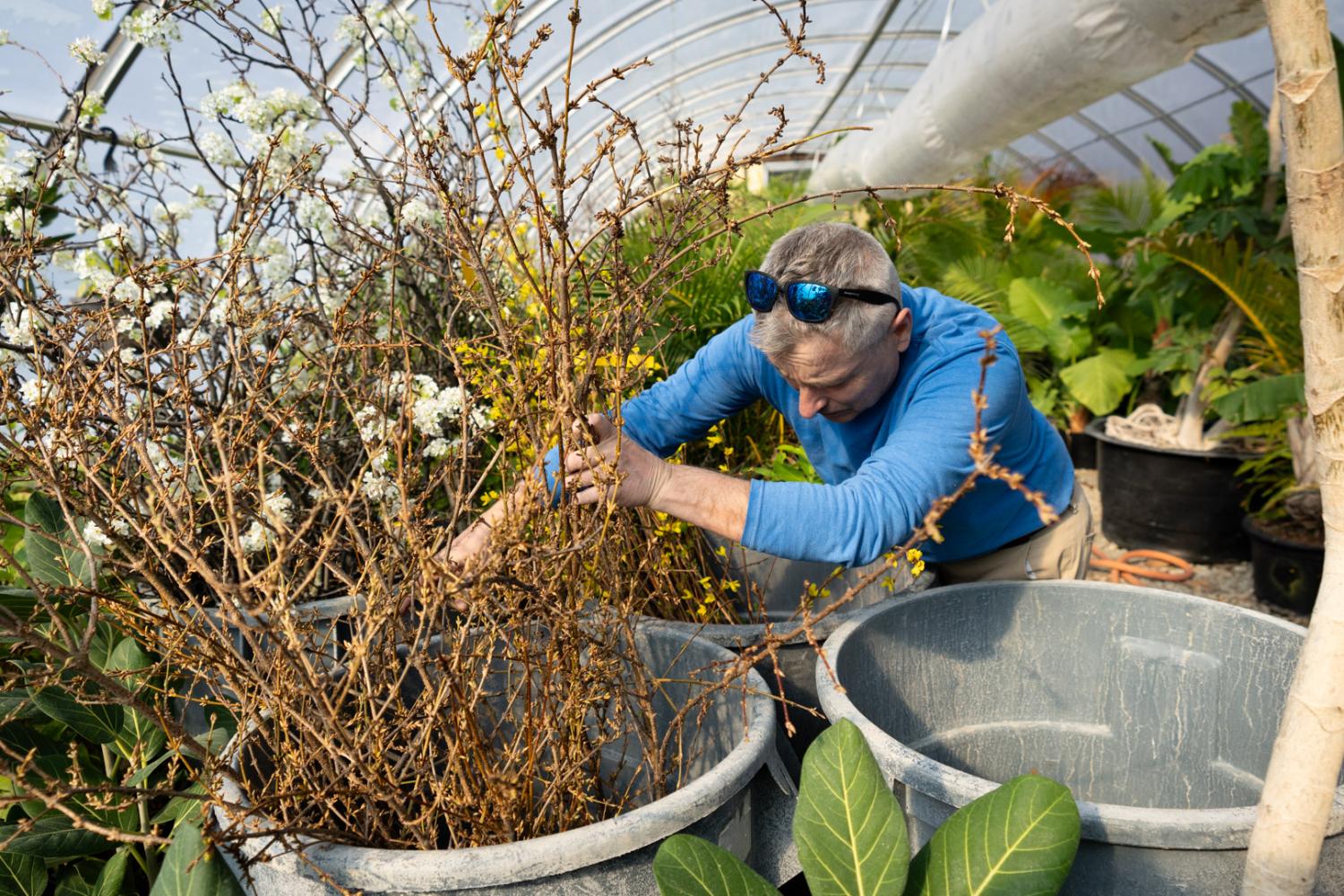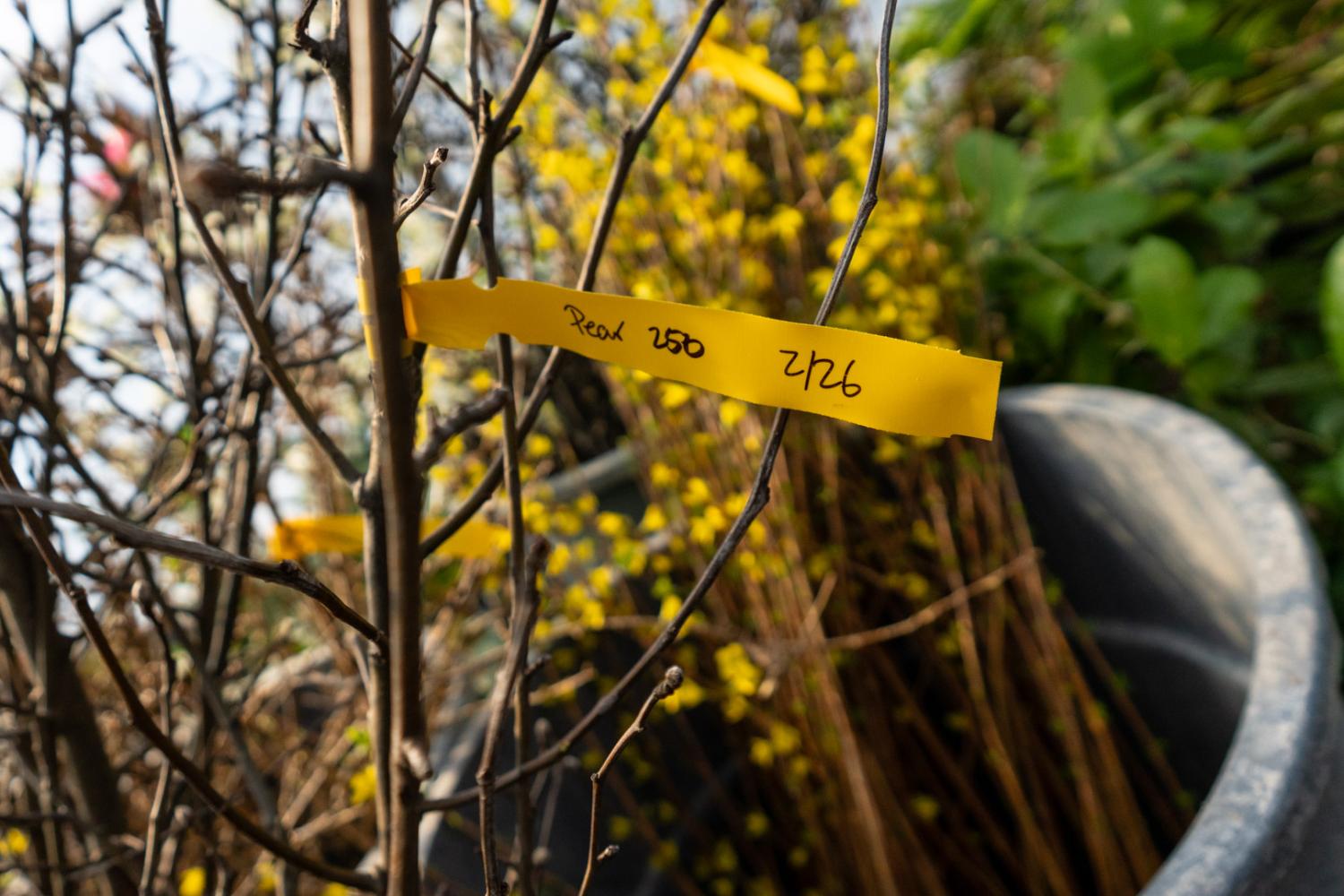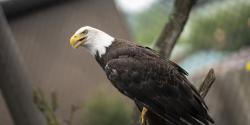As supporters of the Columbus Zoo and Aquarium, it's essential to understand the dedication and innovation behind providing the best care for the animals. One aspect often overlooked is the provision of fresh browse, especially during the winter months when deciduous plants lie dormant. But did you know that the Zoo employs a fascinating process to ensure a constant supply of fresh leaves and flowers year-round?
Under the meticulous care of the Zoo's horticulture team, browse is not just left to nature's timeline. Instead, it's coaxed into bloom through a carefully orchestrated process known as forcing browse. This method involves leveraging the physiology of various plant species to induce new growth, even during dormancy.
What is Browse?

Browse is leafy vegetation provided to animals as part of their dietary enrichment and naturalistic habitat simulation. This browse often consists of branches, leaves, and other plant materials sourced from native ranges or carefully cultivated to mimic the natural diet of the animals. Offering browse not only enhances the nutritional diversity of the animals' diets but also encourages natural foraging behaviors, mental stimulation, and physical exercise, contributing to their overall health and wellbeing.
Here’s How It Works

Branches from select species like Forsythia, pear, crabapple, witch hazel, willow, and red twig dogwood are harvested and placed in buckets of water inside a warm, temperature-controlled greenhouse. Over several weeks, these branches awaken from dormancy, sprouting fresh blooms and leaves, ready to be consumed by the Zoo's inhabitants.
This process not only ensures a consistent supply of browse throughout the year but also offers several sustainability and cost-saving benefits:
- Utilization of Space: By using existing greenhouse space as a place to cultivate browse, the Zoo maximizes their utility. Instead of using them solely for storing landscaping plants during the winter, the greenhouses serve as a vital resource for both animals and keepers year-round.
- Reduced Dependency on Natural Cycles: By forcing browse, the Zoo mitigates the limitations imposed by seasonal changes. Animals can enjoy a diverse diet regardless of the time of year, promoting their health and well-being.
- Cost Efficiency: While initially investing in greenhouse infrastructure and maintenance, the long-term benefits outweigh the costs. By growing browse on-site, the Zoo reduces the need to purchase expensive imported vegetation, leading to significant cost savings over time.
Moreover, this process isn't just about providing sustenance for the animals; it's also about ensuring their health and safety. Each batch of forced browse undergoes thorough vetting to ensure it meets quality standards before being offered to the animals.

But the Zoo's commitment to sustainability doesn't end there. Partnering with AEP Ohio, the browse supply is supplemented with vetted and approved tree cuttings from customer properties, further reducing their environmental footprint.
Furthermore, the sustainability extends beyond mere consumption. Cuttings not only serve as immediate browse but can also be planted to propagate new plants. This practice not only replenishes the browse stock but also contributes to the conservation of plant species.
Why It’s Important
"Our mission of Empowering People. Saving Wildlife. supports fostering a symbiotic relationship between animals, plants, and the environment,” said Stoyan Iordanov, Horticulture Manager for the Columbus Zoo and Aquarium. “Through our innovative browse cultivation techniques, we not only ensure the provision of fresh, nutritious foliage year-round but also demonstrate our dedication to animal wellbeing and conservation. By harnessing the power of horticulture, we can enrich the lives of threatened and endangered species in our professional care while also promoting sustainability and cost-efficiency, setting a benchmark for zoological care worldwide."
How You Can Help
Donate Become a Member Read other Zoo Conservation Blogs











